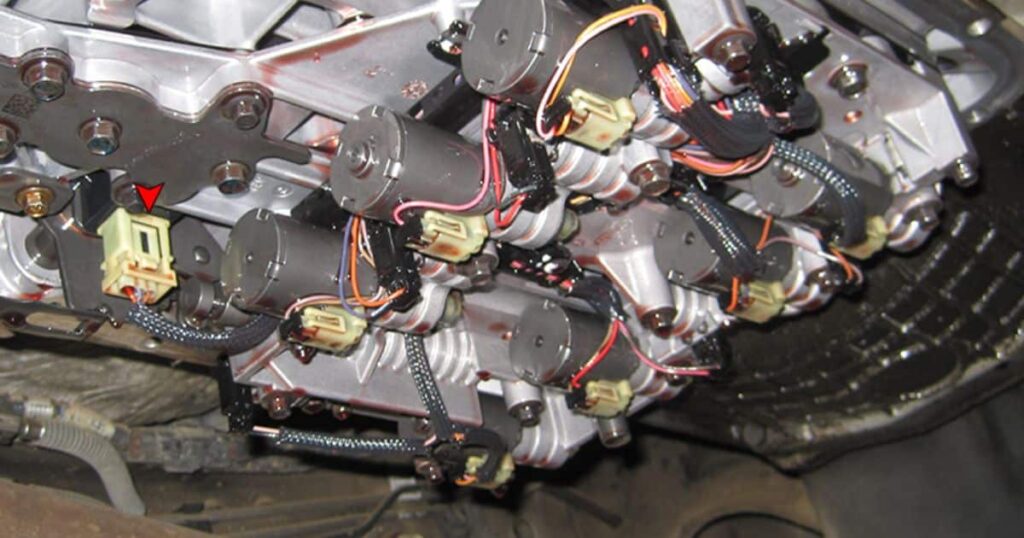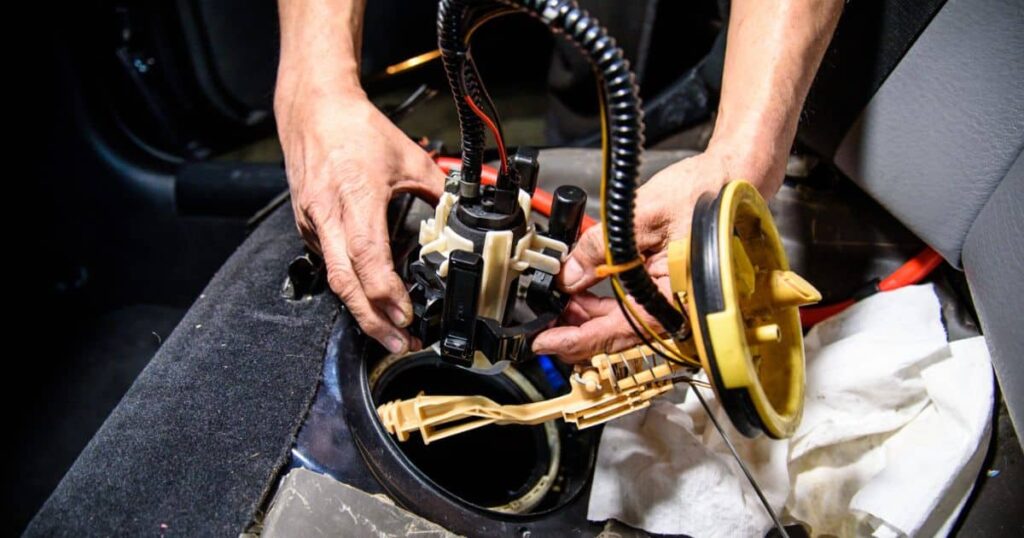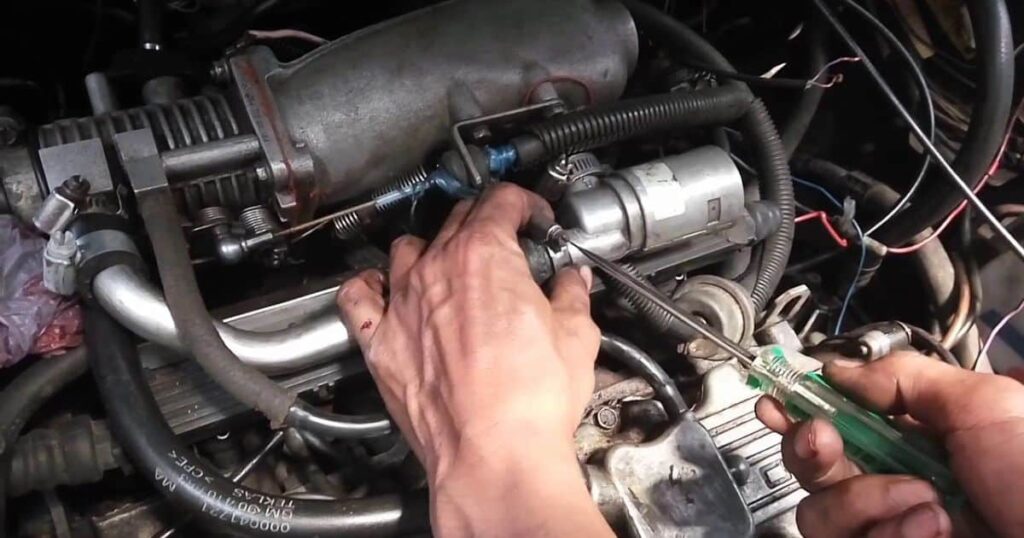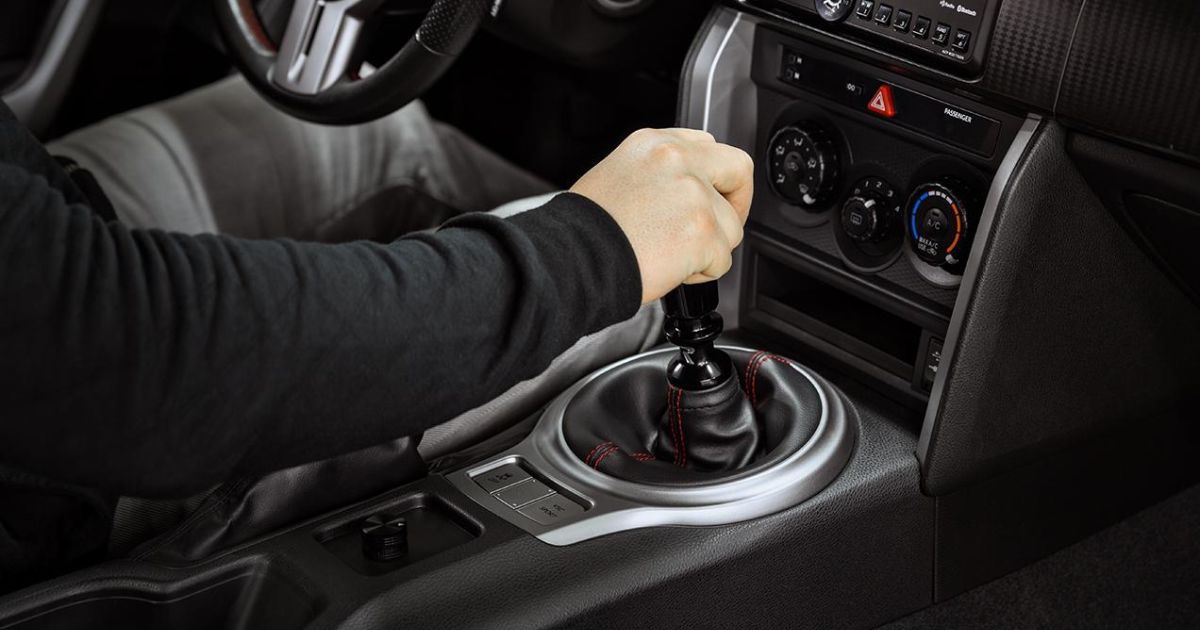In the realm of automotive performance, encountering unexpected challenges can often lead to frustration and inconvenience. One such issue that plagues vehicle owners is the perplexing occurrence of a car dying when put in gear. This enigma, rooted in a delicate interplay of various mechanical and electrical components, demands a thorough understanding to diagnose and resolve effectively. By exploring the potential culprits behind this disconcerting phenomenon, this article aims to equip readers with the knowledge necessary to address this issue and restore their car’s optimal functionality.
Key Takeaways
- Mechanical issues such as a faulty MAP sensor, torque converter issues, idle circuit issues, and hydraulic leaks can cause a car to die when put in gear.
- Electrical issues like a bad alternator or faulty fuel pump can also lead to the car stalling when it is shifted into gear.
- Airflow issues such as a clogged air filter, low transmission fluid, or pumping loss can contribute to the car dying when put in gear.
- Problems with the idle control system, specifically a bad idle air control valve, can result in the car stalling when shifting into gear.
Faulty MAP Sensor
If a vehicle consistently stalls upon gear engagement, a malfunctioning MAP sensor could be the culprit. The MAP sensor, an abbreviation for Manifold Absolute Pressure sensor, plays a pivotal role in the engine’s management system. Responsible for gauging the pressure within the intake manifold, it delivers vital information to the engine control unit. Any defects in the MAP sensor can disrupt this essential communication, resulting in an inaccurate fuel-air mixture and, consequently, causing the vehicle to stall during gear shifts. Just as it’s crucial to diagnose and fix issues with a car’s components, a smooth drive a car experience relies on the proper functioning of these intricate systems.
Related Torque Converter Issues With the Solenoid

The torque converter issues and the solenoid are closely related and can contribute to the car dying when put in gear. Here are three reasons why:
- Malfunctioning torque converter: A faulty torque converter can prevent the transmission fluid from flowing properly, leading to a lack of power transfer and causing the car to stall when shifting gears.
- Defective solenoid: The solenoid controls the flow of transmission fluid within the torque converter. If it becomes damaged or fails to function correctly, it can disrupt the fluid flow and result in the car dying when engaged.
- Electrical connectivity problems: Issues with the electrical connections between the torque converter and the solenoid can cause intermittent power loss, leading to the car stalling when shifting gears.
Addressing these torque converter and solenoid issues promptly through professional diagnosis and repair can help resolve the problem of the car dying when put in gear.
Issues With the Idle Circuit
An idle circuit is a critical component of a car’s engine system and can be prone to various issues that can cause the car to die when put in gear. One common issue is a stall, where the engine fails to maintain a stable idle speed. This can be caused by a faulty idle control valve, which regulates the amount of air entering the engine at idle. Another possible issue is a vacuum leak, which can disrupt the air-fuel mixture and lead to engine stalling.
Hydraulic Leak
One potential cause of a car dying when put in gear could be a hydraulic leak in the vehicle’s transmission system. A hydraulic leak occurs when there is a breach in the hydraulic system, which is responsible for transmitting power between the engine and the wheels. This can lead to a loss of pressure and fluid, resulting in the car stalling when the gear is engaged. The gear shift lock mechanism may also be affected by the hydraulic leak, further contributing to the issue.
A Bad Alternator
With the potential for a bad alternator, a car may experience stalling or dying when put in gear due to insufficient electrical power supply. The alternator is responsible for charging the battery and powering the electrical components of the vehicle. If it fails, the battery will not receive enough charge, leading to a loss of power. This can affect the throttle position sensor, automatic transmission, and even the torque converter, causing the car to stall or die.
A Faulty Fuel Pump

The car’s faulty fuel pump can cause stalling or dying when put in gear, as it fails to deliver the necessary fuel to the engine. This can result in a lack of power, rough idling, and difficulty starting the car. A faulty fuel pump can also lead to engine misfires and poor acceleration. If the fuel pump is not functioning properly, it is important to have it inspected and replaced to ensure the smooth operation of the vehicle.
Clogged Air Filter
A clogged air filter can restrict airflow to the engine, causing the car to stall or die when put in gear. The air filter plays a crucial role in maintaining the engine’s performance by filtering out dirt, dust, and debris from the incoming air. When the air filter becomes clogged, it hinders the intake of clean air, leading to a rich fuel mixture and poor combustion. This can result in a loss of power and ultimately cause the car to stall or die when shifting gears.
| Effects of a Clogged Air Filter |
|---|
| 1. Reduced engine efficiency |
| 2. Decreased fuel economy |
| 3. Increased emissions |
A clogged air filter not only affects the car’s performance but also impacts fuel efficiency and emissions. With reduced airflow, the engine has to work harder to draw in air, leading to decreased efficiency and increased fuel consumption. Additionally, a clogged air filter can disrupt the air-fuel mixture, resulting in incomplete combustion and higher emissions. Regularly inspecting and replacing the air filter can prevent these issues, ensuring smooth gear shifting and optimal engine performance.
Low Transmission Fluid
When the car’s transmission fluid level is low, it can cause the car to stall or die when put in gear. Low transmission fluid can lead to various issues that affect the car’s performance and functionality. Here are three key points to understand about low transmission fluid:
- Insufficient lubrication: When the fluid level is low, there may not be enough lubrication to properly coat the transmission components. This can result in increased friction and heat, leading to premature wear and damage.
- Inadequate hydraulic pressure: The transmission fluid also acts as a hydraulic fluid, helping to transmit power from the engine to the wheels. When the fluid level is low, the hydraulic pressure can be compromised, resulting in erratic shifting, slipping gears, and ultimately stalling or dying when putting the car in gear.
- Overheating: Transmission fluid helps in cooling the transmission system. When the fluid level is low, it reduces the cooling capacity, leading to increased temperatures. Overheating can cause the transmission to malfunction, leading to stalling or even complete failure.
Regularly checking and maintaining the proper level of transmission fluid is vital to prevent these issues and ensure the smooth operation of your vehicle.
Pumping Loss
To address the issue of pumping loss in a car, it is essential to understand the impact of inefficient combustion on engine performance. Pumping loss refers to the energy wasted during the compression and expansion strokes of an engine. When a car is put in gear, the transmission engages with the engine, causing additional load and increasing pumping losses. This can result in decreased power output and fuel efficiency. Minimizing pumping losses through improved combustion efficiency is crucial for optimal engine performance.
Bad Idle Air Control Valve

Although often overlooked, a bad idle air control valve can be a significant factor contributing to a car dying when put in gear. Here are three reasons why a faulty idle air control valve can cause this issue:
- Insufficient airflow: When the idle air control valve fails, it may not allow enough air to enter the engine, resulting in a poor air-fuel mixture. This can cause the engine to stall when shifting into gear.
- Erratic idle speed: A malfunctioning idle air control valve may cause the engine’s idle speed to become unstable. This fluctuation in RPM can cause the engine to stall when the transmission engages.
- Incorrect fuel delivery: The idle air control valve helps regulate the amount of fuel being delivered to the engine at idle. If it fails, the engine may receive too much or too little fuel, leading to stalling when the car is put in gear.
Frequently Asked Questions
How Can I Determine if the Car’s MAP Sensor Is Faulty?
To determine if the car’s MAP sensor is faulty, several steps need to be taken. These include checking for trouble codes, performing a visual inspection, conducting a voltage test, and using a scan tool for further diagnostics if necessary.
Are There Any Other Symptoms Besides the Car Dying When Put in Gear That Could Indicate Related Torque Converter Issues?
Other symptoms indicating torque converter issues include engine stalling at idle, slipping or delayed engagement when shifting gears, abnormal noises from the transmission, and a decrease in fuel efficiency.
What Are Some Signs of an Issue With the Idle Circuit in a Car?
Signs of an issue with the idle circuit in a car can include rough idling, stalling at idle, fluctuating RPMs, and difficulty starting. These symptoms may indicate problems with fuel delivery, air intake, or engine sensors.
How Can I Identify a Hydraulic Leak in My Car?
Identifying a hydraulic leak in a car requires a systematic approach. Look for visible signs of fluid leakage, such as puddles under the vehicle or wet spots on hoses. Inspect the hydraulic system components carefully to pinpoint the source of the leak.
Can a Bad Alternator Cause a Car to Die When Put in Gear?
A bad alternator can cause a car to die when put in gear. The alternator is responsible for charging the battery and providing electrical power to the car’s systems. If it is not functioning properly, the battery may not have enough power to keep the engine running.
Conclusion
In conclusion, a car that dies when put in gear can be caused by a variety of issues, such as a faulty MAP sensor, torque converter problems, idle circuit issues, hydraulic leaks, a bad alternator, a clogged air filter, low transmission fluid, pumping loss, or a bad idle air control valve. Each of these problems can be likened to roadblocks on a journey, obstructing the smooth flow of the car’s performance and ultimately leading to its failure.






